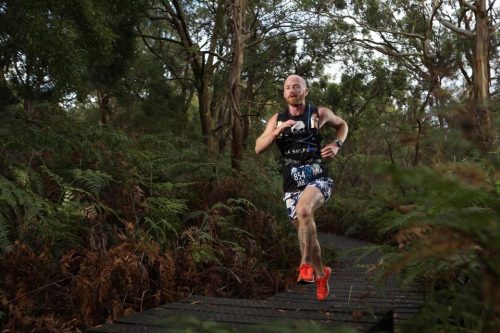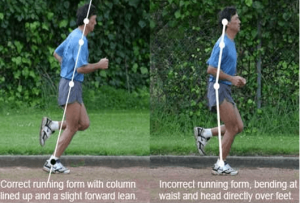The importance of technique to optimise running efficiency.
November 13thMelbourne, we are finally out of lockdown! The gyms are open, the ‘ring of steel’ has been lifted and we finally have the opportunity to fully enjoy the sunshine. For many of us, the lockdown was a season of trying new hobbies, returning to past ones, and for some dedicating the time to enhance their chosen fitness regime. In an attempt to improve both physical and mental health during this time, while also enjoying the precious fresh air many began (or reinvented) their running journey.
At Kinematics, we have seen the struggles big and small with maintaining running loads. It is for this reason, we see the value in sharing our knowledge so that you can understand the importance of technique and optimising your running. Regardless of whether you are training for a 5km race, preparing for a marathon or just simply enjoying running for the endorphins, your technique shouldn’t be overlooked.
This blog will highlight and help you understand the importance of correct running technique in order to:
- Prevent acute and chronic injuries
- Assist in increasing your distance and time
- Assist in gaining more energy and excitement through utilising your muscular and skeletal system in the way it was designed to; run!

Do you find that you are running well until you hit a certain distance or time?
Are you struggling to improve your running efficiency?
Are you experiencing pain or that ‘niggling’ feeling when you run?
If you answered yes to any of these above questions, there is likely an issue with your technique that may need some modification.
When our bodies’ movement mechanics are not perfectly in sync, our heart must work harder to pump blood to our tissues. This leaves us ‘running out of gas’ quicker than our fitness levels suggest. Similarly, putting unconditioned tissues under too much load has the ability to cause ‘niggling’ injuries and if not addressed or left untreated, can develop into more significant issues.
The key factors we at Kinematics use to assess your running technique are:
CADENCE
Cadence essentially means how many steps per minute you are taking. Having optimal cadence increases the efficiency of your technique while also helping you run ‘lightly’, reducing ground reaction force. 170-172 steps per minute at a slow pace to begin with, is optimal. I recommend downloading a metronome app to measure .
OVER-STRIDING
Regardless of whether you heel or forefoot strike the position of this contact in relation to the rest of your body, has a large role to play in determining how heavy the impact is through your body. Knee and ankle alignment will usually highlight over-striding during assessment. Ideally, we’re looking for the knee to be flexing directly above the ankle on initial contact. If you are over-striding, we will see the ankle ahead of the knee. During your running assessment at Kinematics, we like to video our runners, to give us a detailed visual of where the faulty movement patterns are occurring.
LEG AND ARM POSITION
Do you extend your leg at toe off enough to allow your glutes to contract well? How high do you lift your legs to take the next step? Are your elbows extended enough to create momentum? Is your posture tall enough to create good trunk mechanics and more optimal breathing?
These are some key things that need to be considered. The way you use your body while running is vital. Even small changes to technique can build up over time, causing faulty running mechanics and predisposition to injury.
https://www.eliteenergy.com.au/improving-your-running-part-2-the-danger-of-overstriding/
POSTURE
Excessive trunk rotation counteracts the end goal of making forward progression. In fact, it costs us energy to control and stabilise – a big inefficiency! In the same way, your energy should be directed in travelling forwards, not upwards. A slow rate of cadence and therefore over-stride (see above) often results in excessive upwards displacement or “bounce” within the stride.
For those running a marathon, for example, an extra one inch of bounce with each step (which doesn’t sound like much), will equate to one extra kilometre travelled upwards across the marathon distance…a huge waste of effort on your energy production, therefore fatiguing yourself or breaking your tissues down quicker.
Whether you’re a beginner, novice or pro, are a heel/forefoot/mid foot striker, enjoy running for fitness, sports or competition – we hope this blog has enlightened you importance of optimal running technique.
On a lighter note – Q: What do you call a free treadmill?
A: Outside!
Get running and enjoy yourselves!
By Jono Covich
Physiotherapist | Kinematics Strength + Recovery

